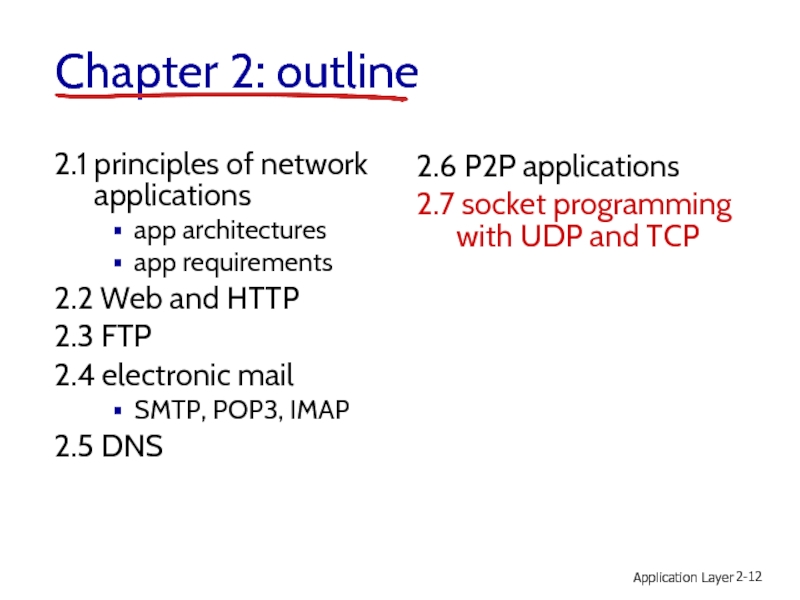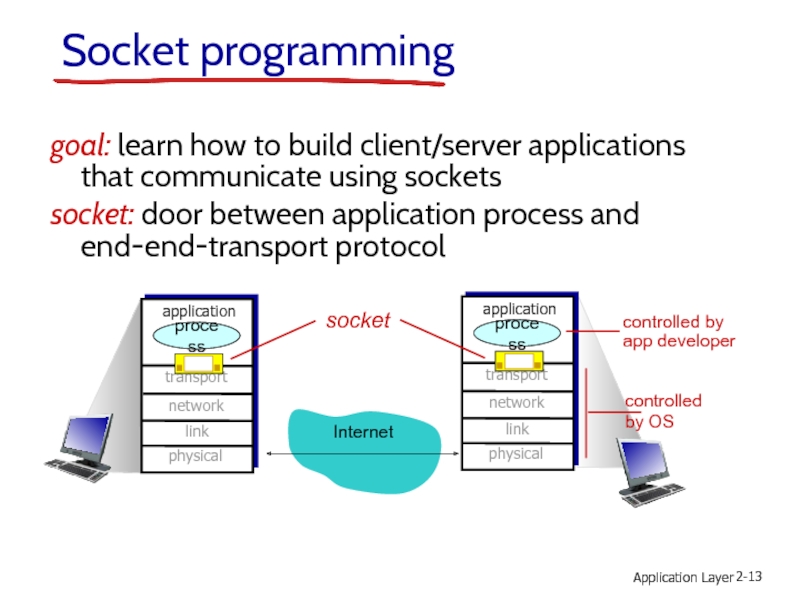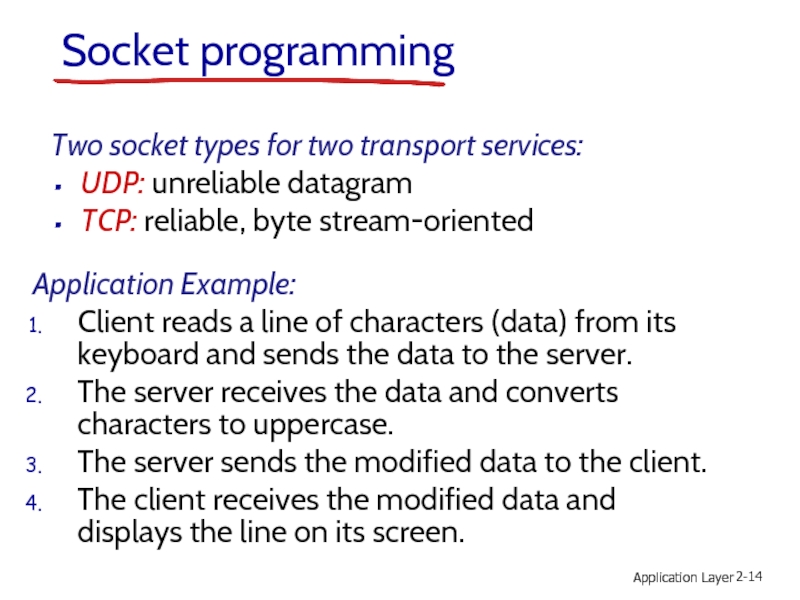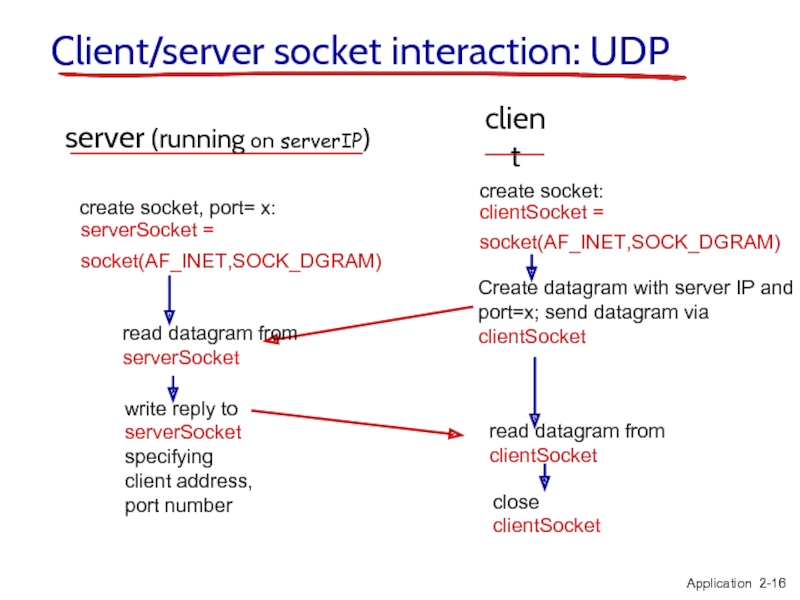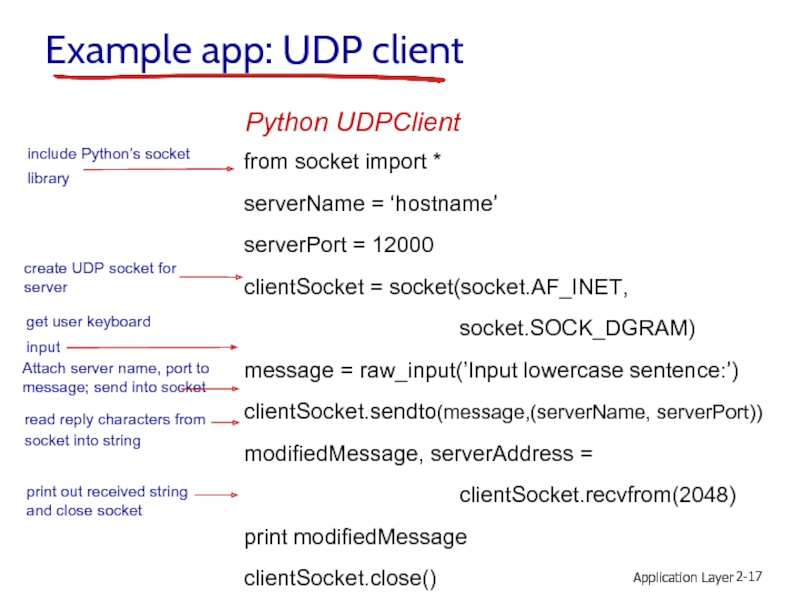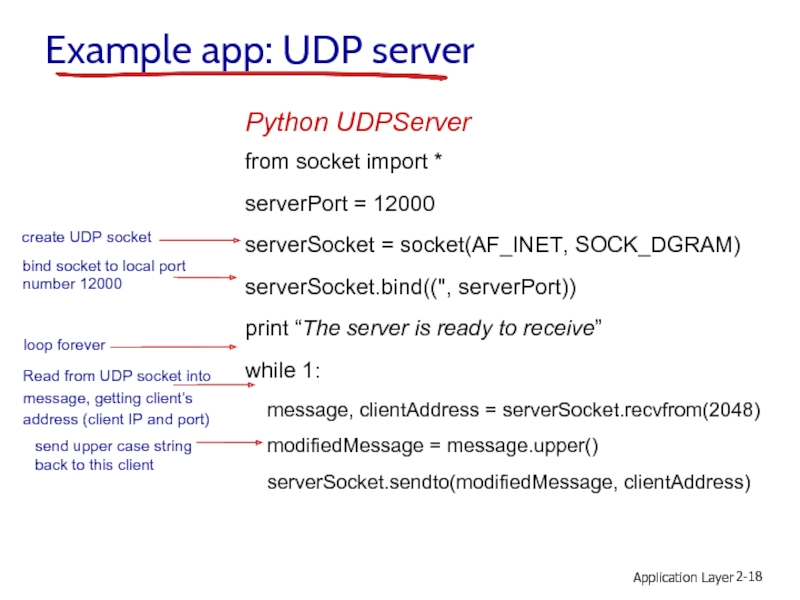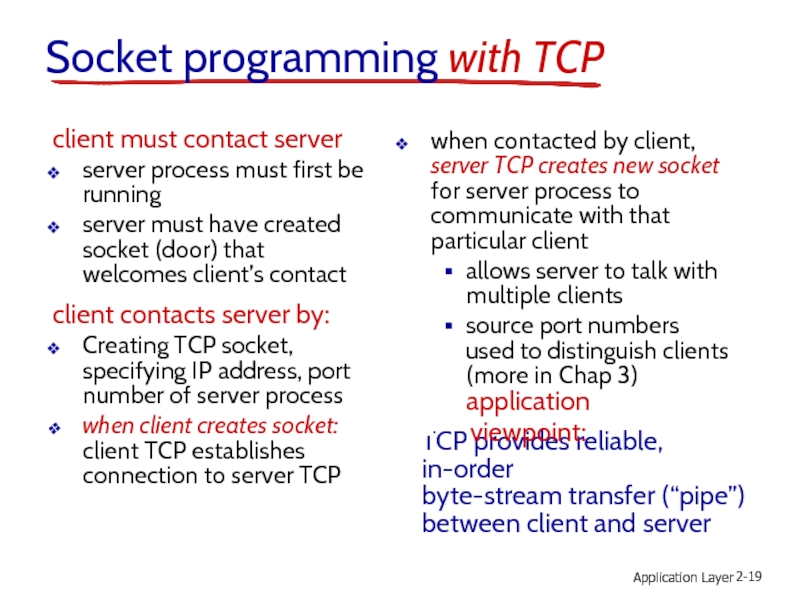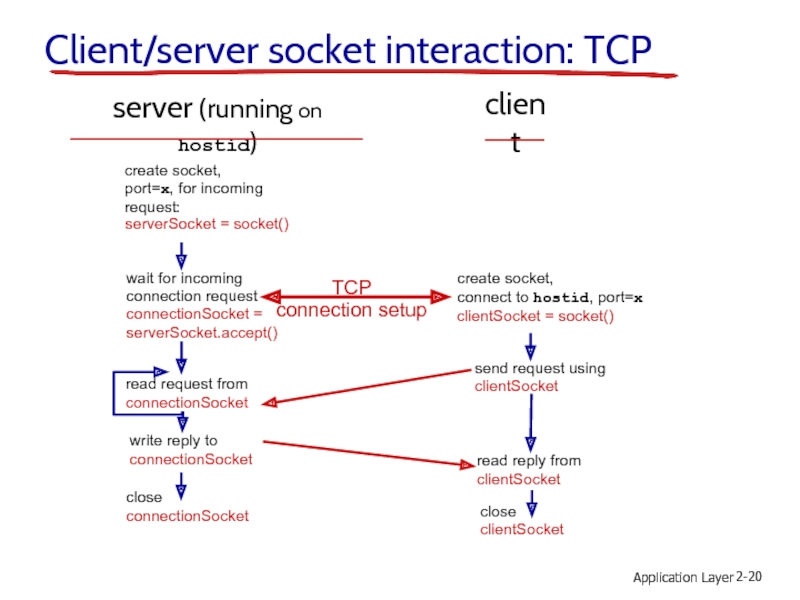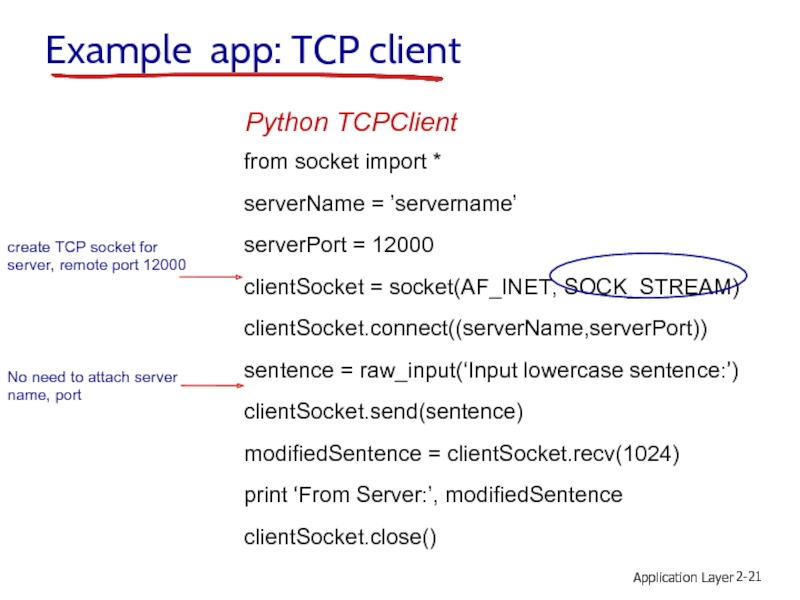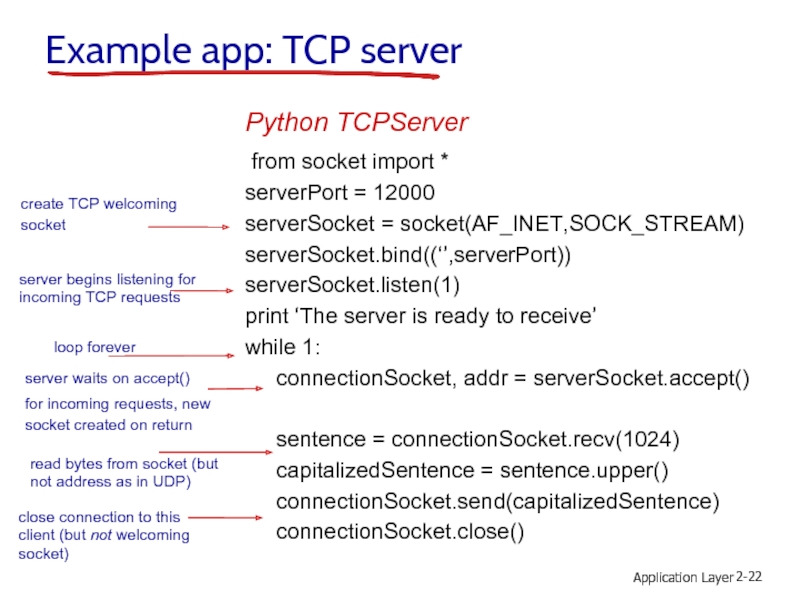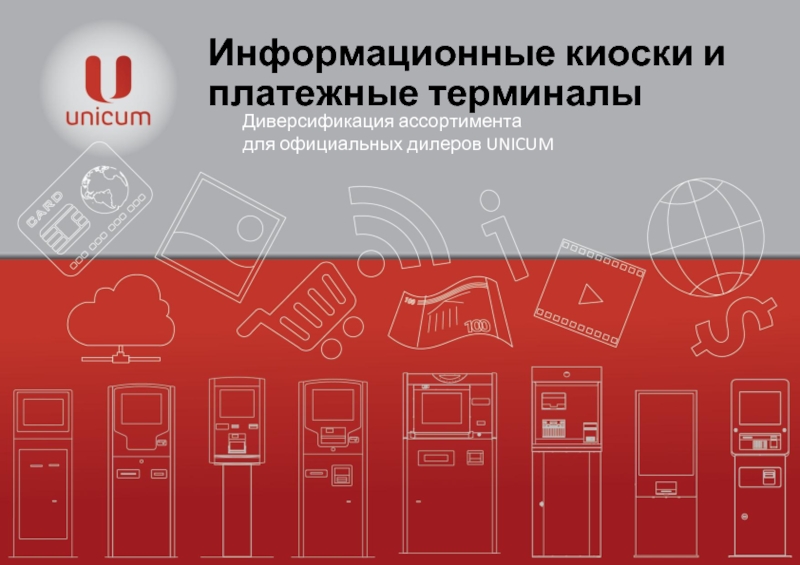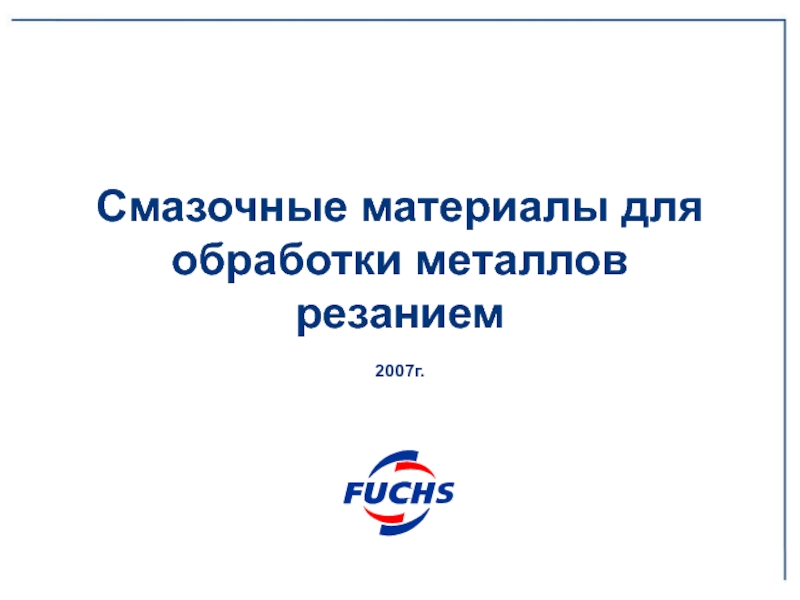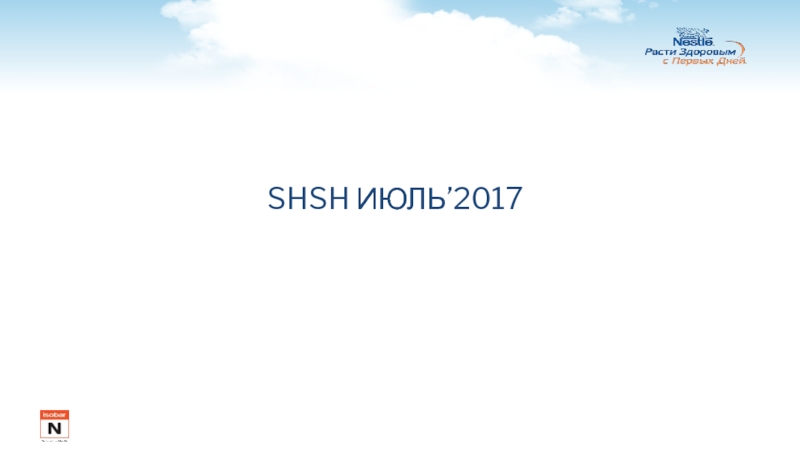A note on the use of these ppt slides:
We’re making these slides freely available to all (faculty, students, readers). They’re in PowerPoint form so you see the animations; and can add, modify, and delete slides (including this one) and slide content to suit your needs. They obviously represent a lot of work on our part. In return for use, we only ask the following:
If you use these slides (e.g., in a class) that you mention their source (after all, we’d like people to use our book!)
If you post any slides on a www site, that you note that they are adapted from (or perhaps identical to) our slides, and note our copyright of this material.
Thanks and enjoy! JFK/KWR
All material copyright 1996-2012
J.F Kurose and K.W. Ross, All Rights Reserved
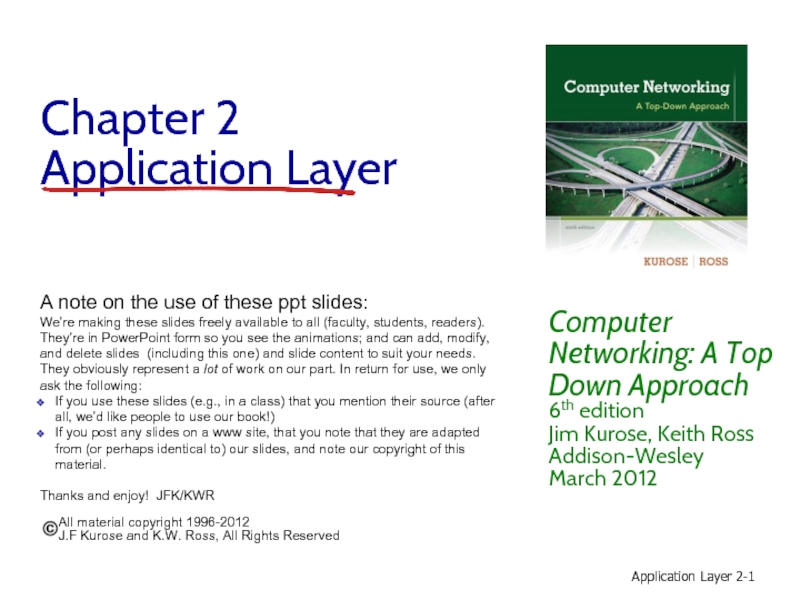

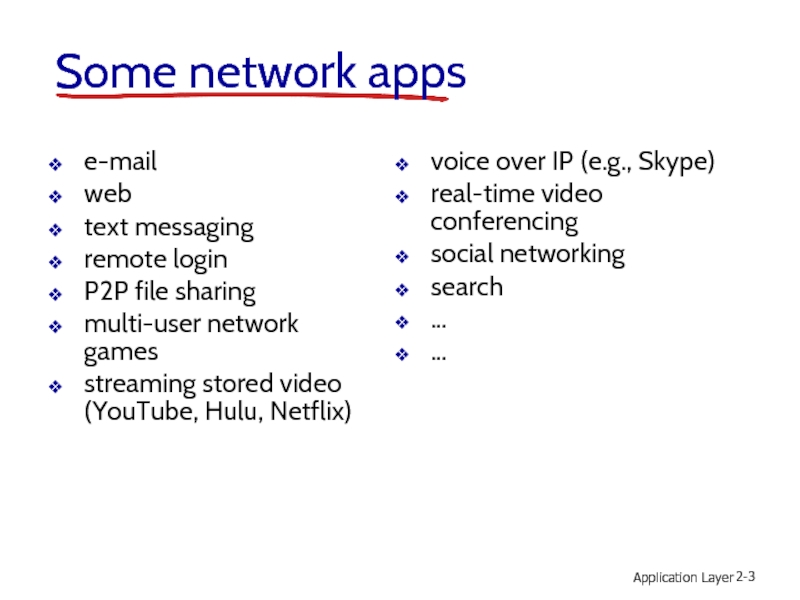

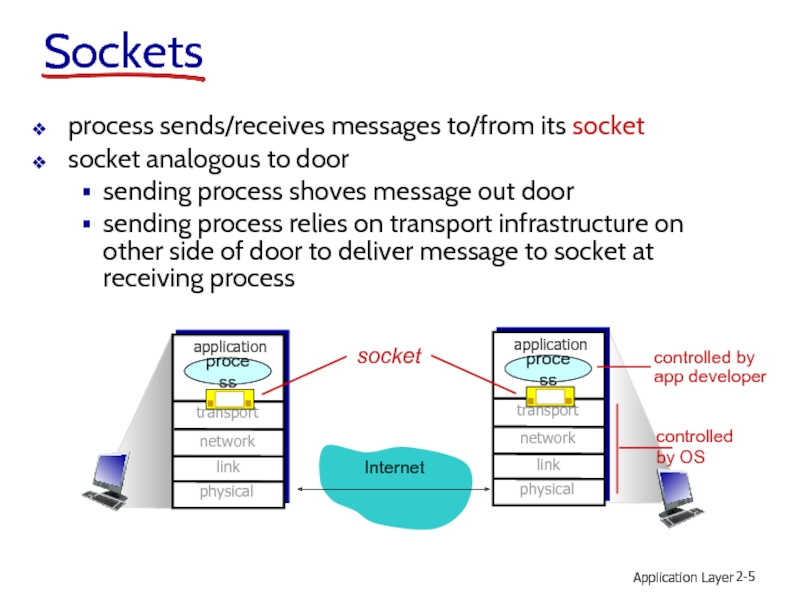
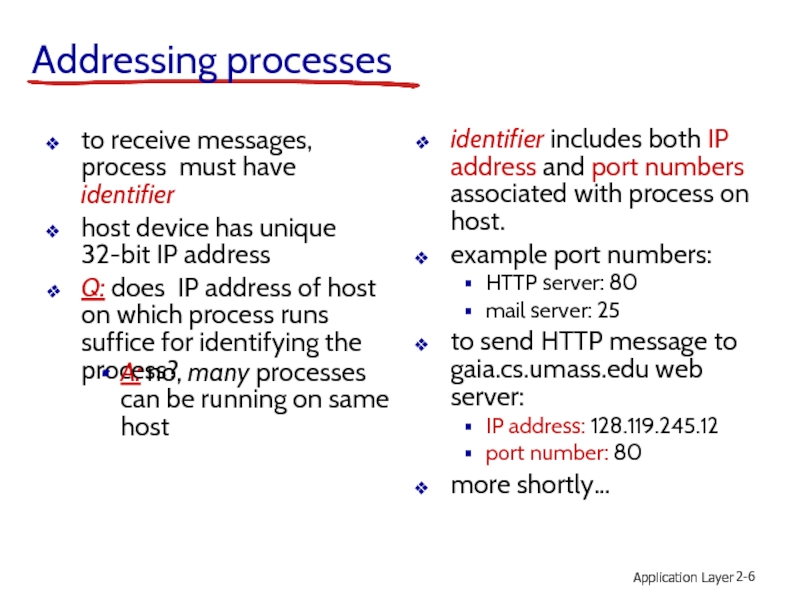
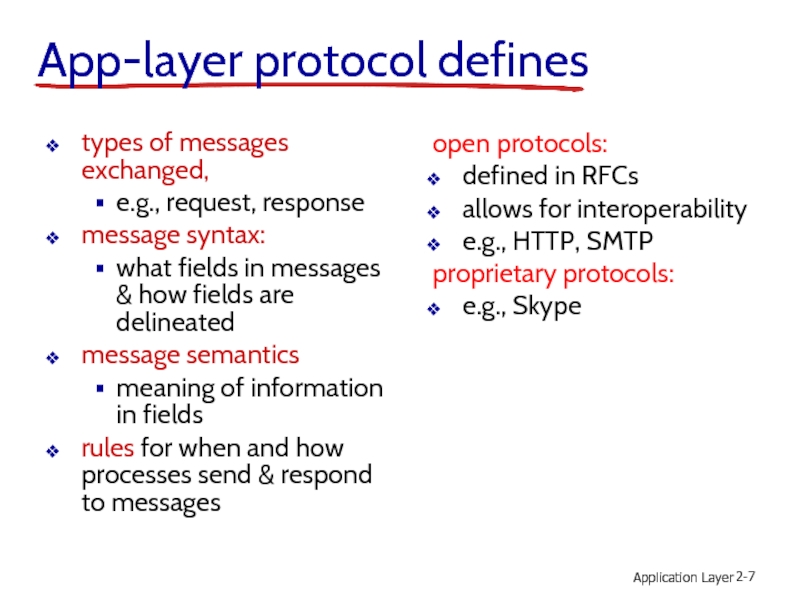
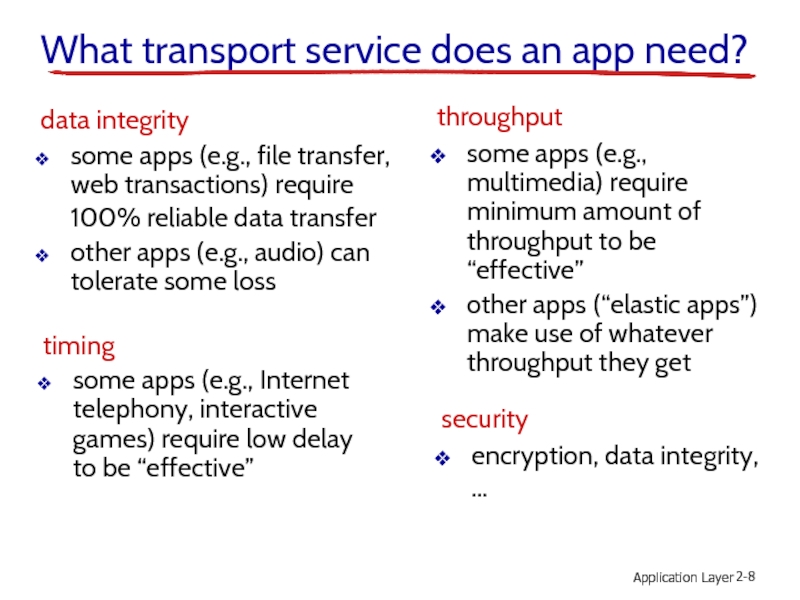
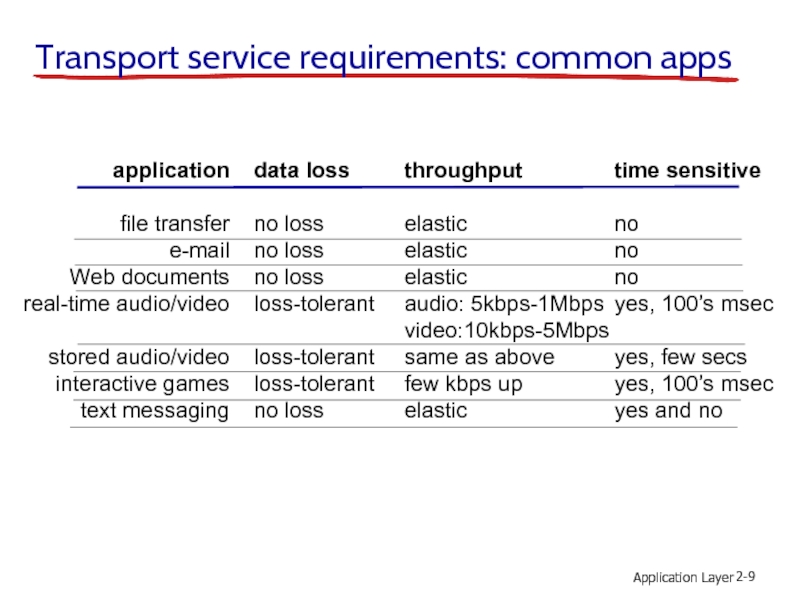
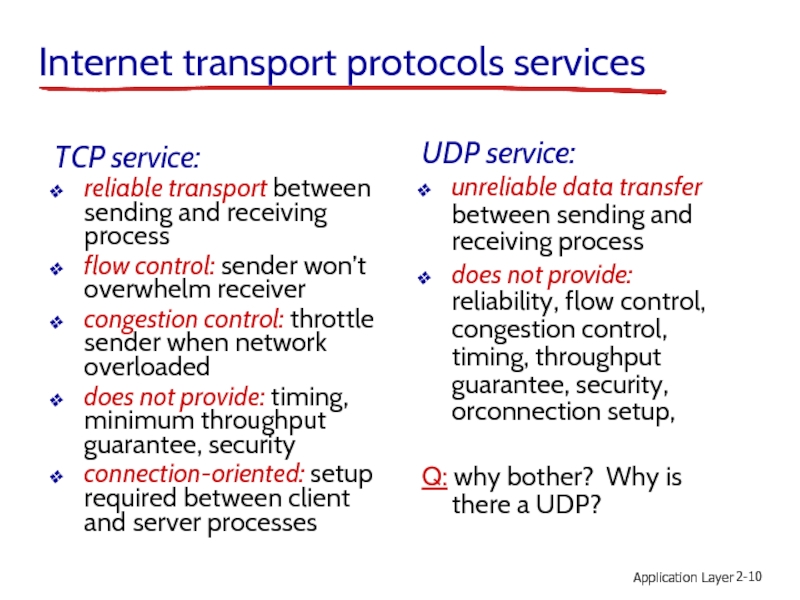
![Application Layer2-Internet apps: application, transport protocolsapplicatione-mailremote terminal accessWeb file transferstreaming multimediaInternet telephonyapplicationlayer protocolSMTP [RFC 2821]Telnet](/img/tmb/1/28418/2e18ef9a6bbe7948241e94879bd20f5b-800x.jpg)
